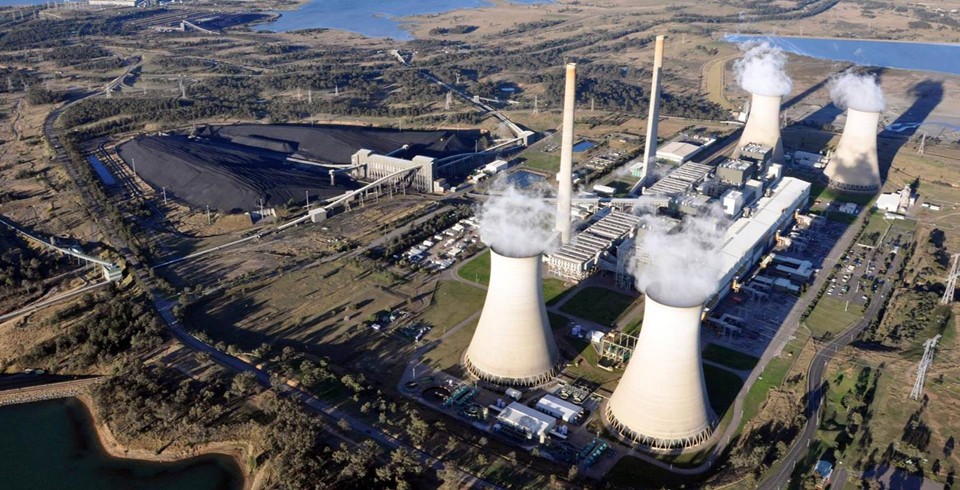Extending the life of the Liddell coal-fired power station would lead to higher power bills for Australians, according to AGL.
AGL’s replacement plan would deliver energy at lower cost than extending the life of Liddell would, with the replacement plan costing around $83/MWh and extension costing around $106/MWh.
In a blog post on its website, AGL said it provided seven years’ notice of the closure of Liddell to allow the market time to respond by building new generation.
“Sudden retirements such as Alinta’s Northern station in South Australia and Engie’s Hazelwood station in Victoria, which both closed suddenly with less than 12 months’ notice, left the market unable to build new generation capacity before closure which drove up prices,” the company said.
“On the economics alone, AGL would not build a new coal-fired power station.
“They are expensive to build and have to be generating energy most of the time to be economically viable.
“We commissioned the same independent consultants that assessed the costs of extension for the NSW Government at the time we bought Macquarie Generation, (Liddell and Bayswater stations) to take another look at the cost of extending the life of Liddell until 2027. They found it would cost around $920 million.”
AGL’S three-part transition phase includes a mix of high-efficiency gas peakers, renewables, battery storage and demand response as well as the efficiency upgrade at Bayswater Power Station.
“More responsive and flexible energy sources are better suited to a market in which there is cheap, variable energy,” AGL said.
“These sources include gas peaking plants and energy storage such as pumped hydro and batteries.
“Our Liddell replacement plans envisage the site as a renewable energy storage and integration hub.
“AGL’s replacement plans have been assessed by independent consultants as being both significantly cheaper and more reliable than an extension of the existing Liddell infrastructure.”
Australian Energy Council chief executive Matthew Warren said speculation the closure of the Liddell power plant in New South Wales would lead to major price increases was “seriously flawed”.
“This type of speculation fails to further the debate on the need for national energy policy to encourage investment in new generation,” Mr Warren said.
“Comparing the closure of the Hazelwood brown-coal power station in Victoria to the proposed closure of the Liddell power station in New South Wales paints a deliberately misleading picture.
“The plants are not like-for-like. One was a baseload generator that operated effectively all the time because it was one of the lowest cost generators in Australia.
“Liddell in contrast operates much less frequently, so would not have the same impact on wholesale prices.
“At the same time there has been a lengthy notice given of the proposed closure of Liddell, which gives the energy market time to adjust and to introduce replacement generation and avoid the same impacts on wholesale prices.”
Last month, the Australia Energy Market Operator (AEMO) said closing Liddell in 2022 would leave a generation capacity shortfall of 850MW.
However, AEMO said if all three stages of AGL’s proposed post-Liddell plan were delivered “the resource gap will be eliminated”.







